RisoSystems - Thanks. That appears to be a great and viable solution. I can utilize the output record number from the trigger step to identify my current record.
The issue is that my input to the trigger step consists of a variable number of lines, so I don't have a number to compare against. It would fluctuate each time the callin.io was executed. The Only Continue IF trigger only permits a specific entered value in the conditional statement.
I’m not sure I see that as an issue. When you execute the step that fetches the variable number of items (likely an array), simply append a variable to the output that represents the array's size:
var someArray = [‘John’, ‘Mary’, ‘Fred’, ‘pizza’];
var arraySize = someArray.length;
var arrayLimit = arraySize - 1;
output = [{someArray: someArray, arrayLimit: arrayLimit}];
I’m detailing all my steps here; naturally, this could be optimized for brevity. However, in your filter statement, compare the arrayLimit variable with the index variable, and you’ll achieve your goal.
I've been utilizing your code with great success but have encountered an issue. The input data is presented below. The problem is that the last entry in 'Quantity' and 'Flavour' is being associated with the first empty entry instead of 'Product Foil' as intended. The output is also displayed.
I would appreciate your insights on this matter.
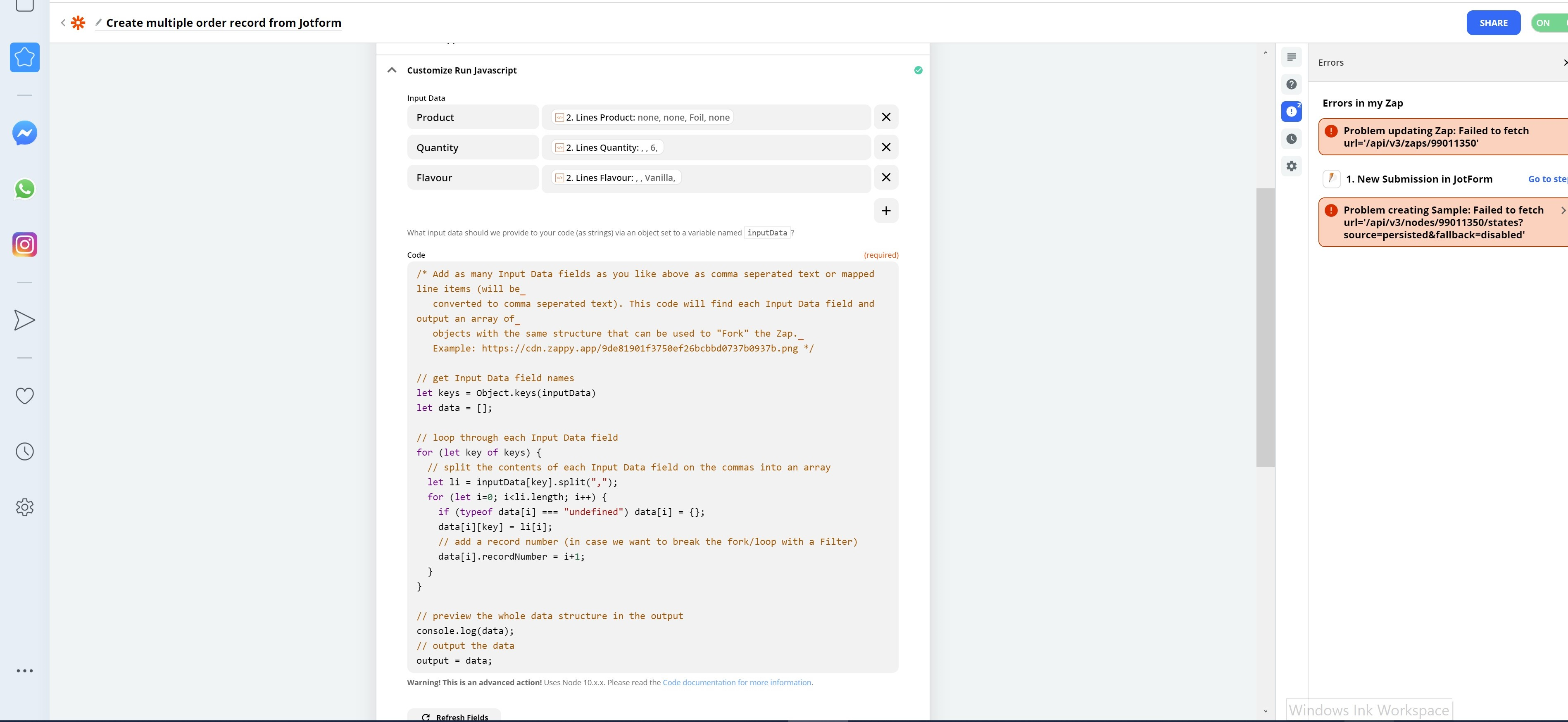
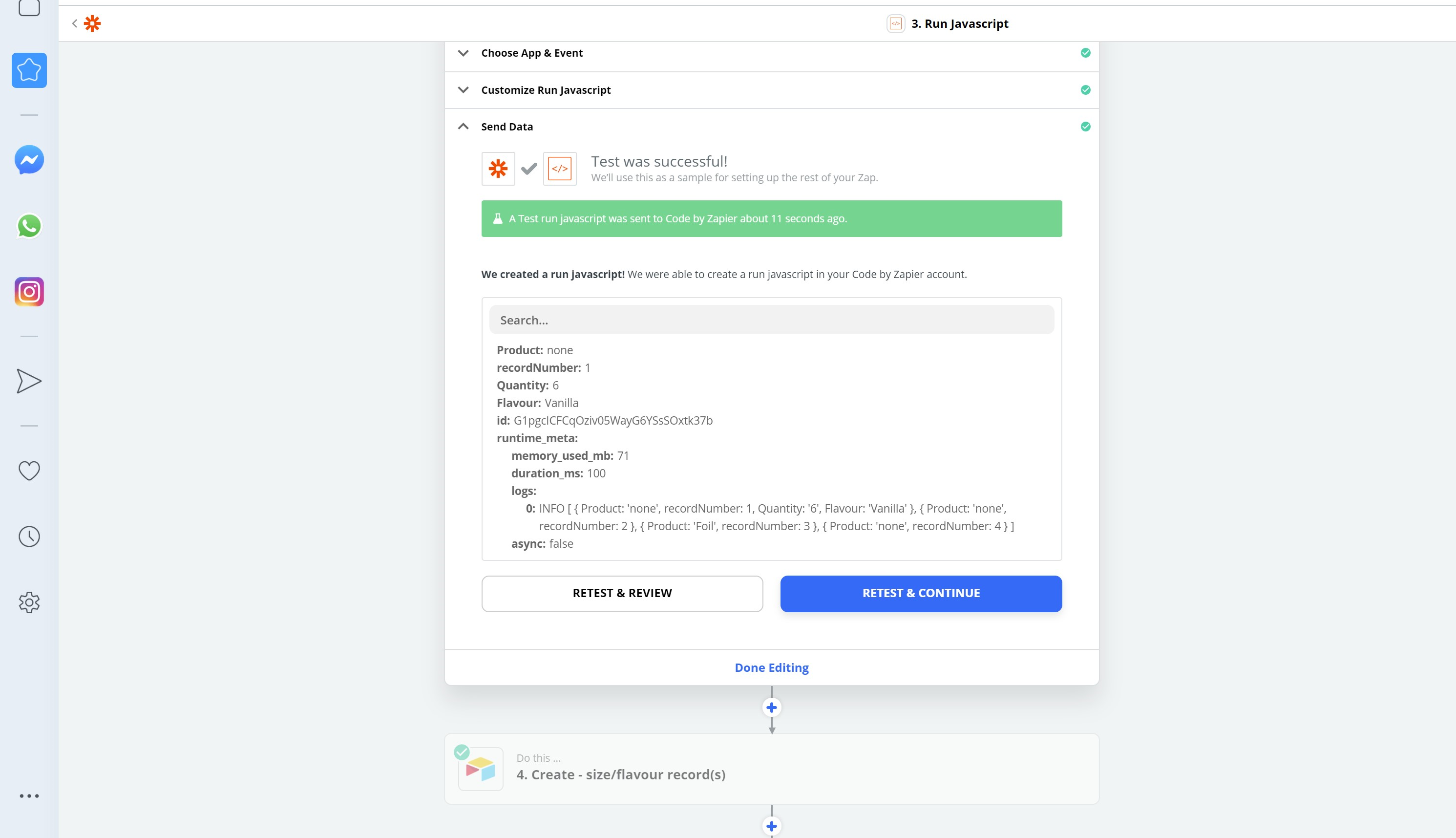
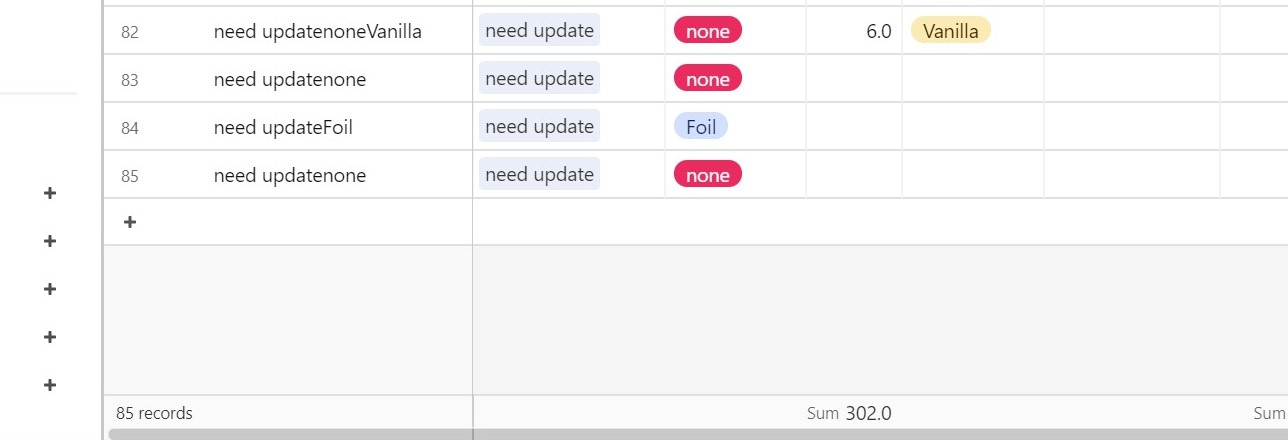
Could you please provide a mockup of the expected output using the data that has been supplied?
Is this what you are anticipating (with fewer headers):
| Need Update | Quantity | Flavour |
| none | ||
| none | ||
| Foil | vanilla | |
| none | 6 |
Thank you very much for the prompt response.
The issue is that when a CSV line has empty values between commas, the code step incorrectly assigns the subsequent value.
Consequently, the quantity and flavor were both assigned to record 1, even though they belonged to record 3.
Apologies, the third image I shared previously seems to have added to the confusion.
What I require is the following:
| Product | Quantity | Flavour |
| none | ||
| none | ||
| Foil | 6 | vanilla |
| none |
Thanks again
Chris
I thought this might clarify what I'm aiming for.
Logs:
0
INFO [ { Product: '', recordNumber: 1, Quantity: '', Flavour: '' }, { Product: '', recordNumber: 2, Quantity: '', Flavour: '' }, { Product: 'Foil', recordNumber: 3, Quantity: '6', Flavour: 'Vanilla' }, { Product: '', recordNumber: 4, Quantity: '', Flavour: '' } ]
Chrisboat,
I believe the issue lies within your data manipulation in the code step. I recommend copying your current code to a secure location and replacing it with the following:
This code generates an array of objects, which should trigger another branch. Each branch will receive a single object containing three properties: product, quantity, and flavour. Using these objects, you should be able to construct the desired lines in your spreadsheet.
Naturally, I cannot test this myself, but if you paste it in (with the initial substitutions), it ought to function correctly.
// These were solely for my syntax testing. Please utilize the inputData variables within your code:
//
// Let Product = inputData.Product;
// Let Quantity = inputData.Quantity;
// Let Flavour = inputData.Flavour;
//
let Product = ['none', 'none', 'Foil', 'none'];
let Quantity = [null, null, 6, null];
let Flavour = [null, null, 'vanilla', null];
//
// As you can see below, this is my intended approach. While not the only method, it should be effective.
//
var LineItem = {};
var LineOuts = [];let LineCount = Product.length;
for (var i = 0; i < LineCount; i++){
LineItem.product = Product;
LineItem.quantity = Quantity;
LineItem.flavour = Flavour;
LineOuts = LineItem;
LineItem = {};
}output = [{LineOuts : LineOuts}];
One other thing. If the subsequent step doesn’t handle the objects well, then JSON.stringify the object before placing it in the array:
for (var i = 0; i < LineCount; i++){
LineItem.product = Product;
LineItem.quantity = Quantity;
LineItem.flavour = Flavour;
LineOuts = JSON.stringify(LineItem);
LineItem = {};
}
The variable would have to be parsed before use in the spreadsheet:
let LineItemString = inputData.LineItem;
let LineItem = JSON.parse(LineItemString);
HI,
I believe there's been some confusion regarding my recent post about a fork within a fork. My apologies to RicoSystems for any confusion caused. I need to resolve an issue with Tim’s fork code first, and then I will address the fork within a fork.
Tim’s fork code issue.
I've been utilizing your code with great success but have encountered a problem. The input data is presented below. The issue is that the first non-blank entry in Quantity and Flavour is being associated with the first record's 'none' entry for Product, instead of the 'Foil' entry in the third record, as it should be. The output is also shown.
What's occurring is that if a CSV line has no value between commas, the code step selects the next available value.
In this scenario, both the quantity and flavour were moved to record 1 when they were actually associated with record 3.
What I need is:
| Product | Quantity | Flavour |
| none | ||
| none | ||
| Foil | 6 | vanilla |
| none |
|
What the output should look like:
logs
0
INFO [ { Product: '', recordNumber: 1, Quantity: '', Flavour: '' }, { Product: '', recordNumber: 2, Quantity: '', Flavour: '' }, { Product: 'Foil', recordNumber: 3, Quantity: '6', Flavour: 'Vanilla' }, { Product: '', recordNumber: 4, Quantity: '', Flavour: '' } ]
Input data and the output of the current behavior:


Actually, the same code approach I shared applies to both scenarios. However, I will step back unless my name is featured prominently in a post.
RisoSystems,
I must apologize. My previous post may not have been communicated clearly.
When I realized the recent responses to this current issue were from you (I had assumed it was Tim, I should have checked) and then saw that you were discussing a fork within a fork, I mistakenly assumed your reply pertained to my earlier topic about double forks. I am very grateful for the assistance you've provided. Much of this javascript code is beyond my understanding.
So please don't think I'm unwilling to accept help. I was concerned I might be confusing everyone and didn't want to be a burden. It appeared to me that my current problem with missing values between commas was related to Tim’s code, which is why I specifically asked him. If you are willing to help, I would truly appreciate it.
This is what my input data actually looks like. I execute this code step, and then I run yours.
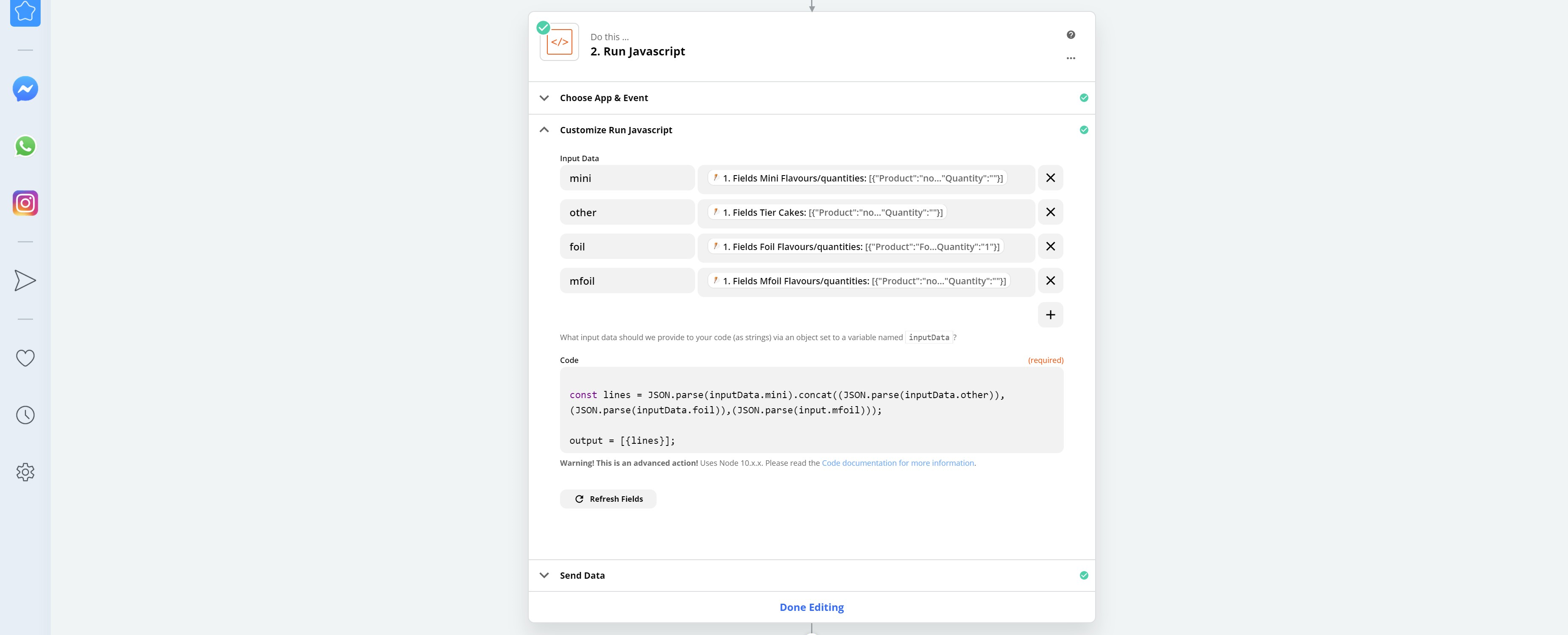
When I attempted to use your code with my data, this is what I received.
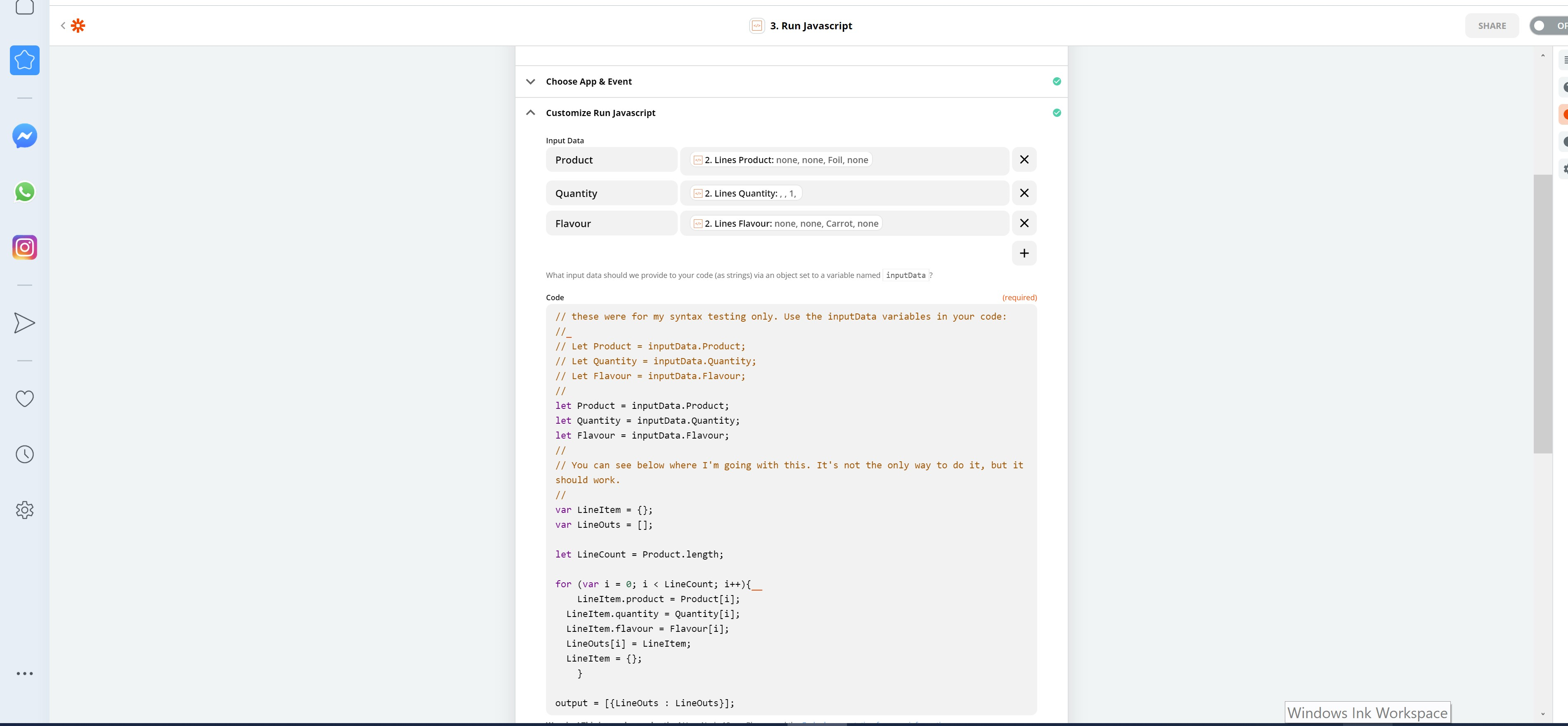
Thank you
Chris